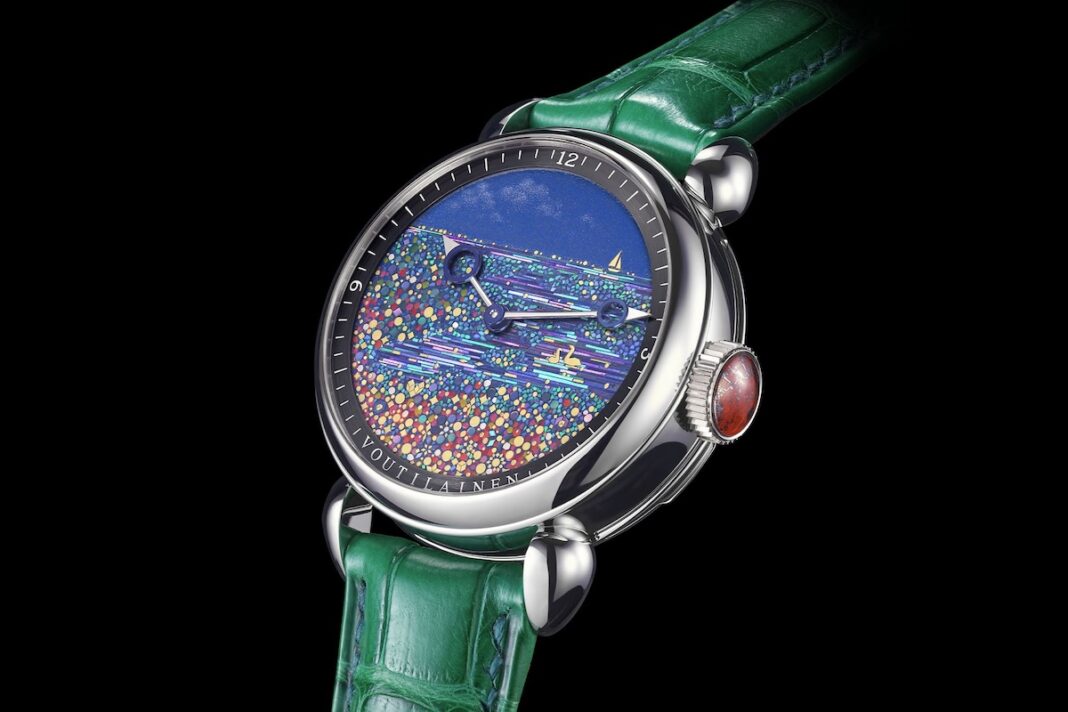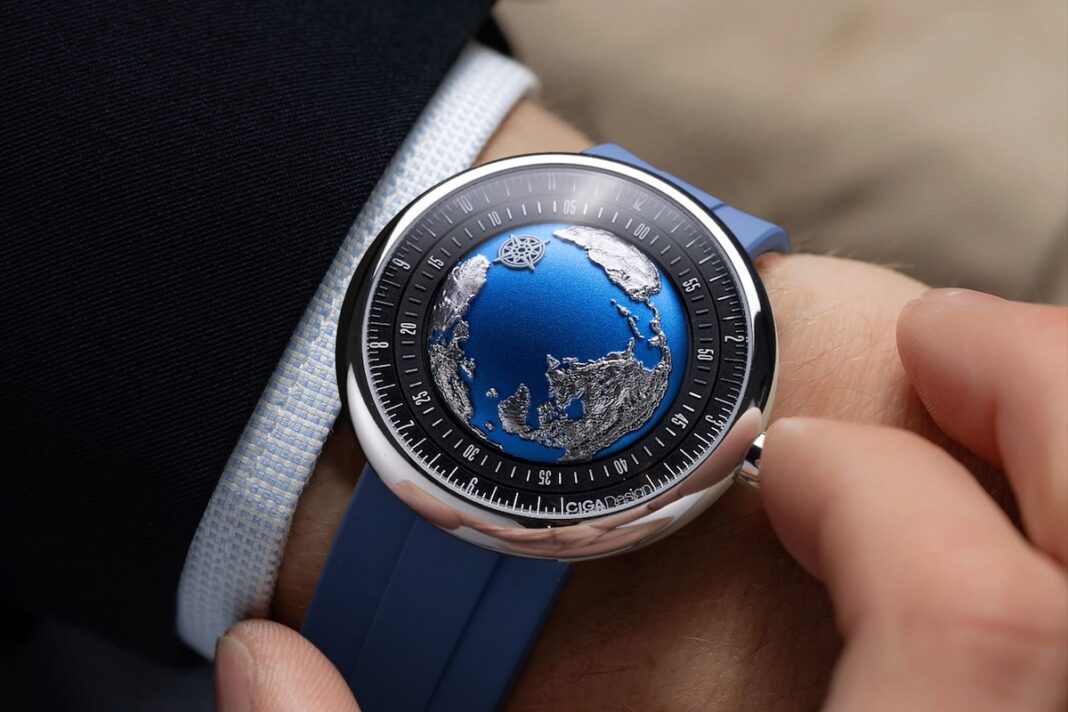n August 2025, the Trump administration announced a sweeping 39 percent tariff on all imports from Switzerland — a move that sent shockwaves through the Swiss luxury watch industry. For an export sector built on prestige, tradition, and finely tuned production chains, this sudden cost increase represents a serious test of adaptability.
Switzerland exports approximately $6.4 billion worth of watches to the United States each year, making the U.S. one of its most important markets. Around 16–17% of all Swiss watch exports head to American shores, a figure that reflects not only the country’s economic dependence on U.S. demand but also the status symbol that Swiss watches hold in the American luxury landscape. The new tariff, positioned as part of a broader trade strategy, effectively redefines the cost of doing business for brands ranging from independent micro-manufacturers to multi-billion-franc conglomerates.
A Direct Hit to Pricing
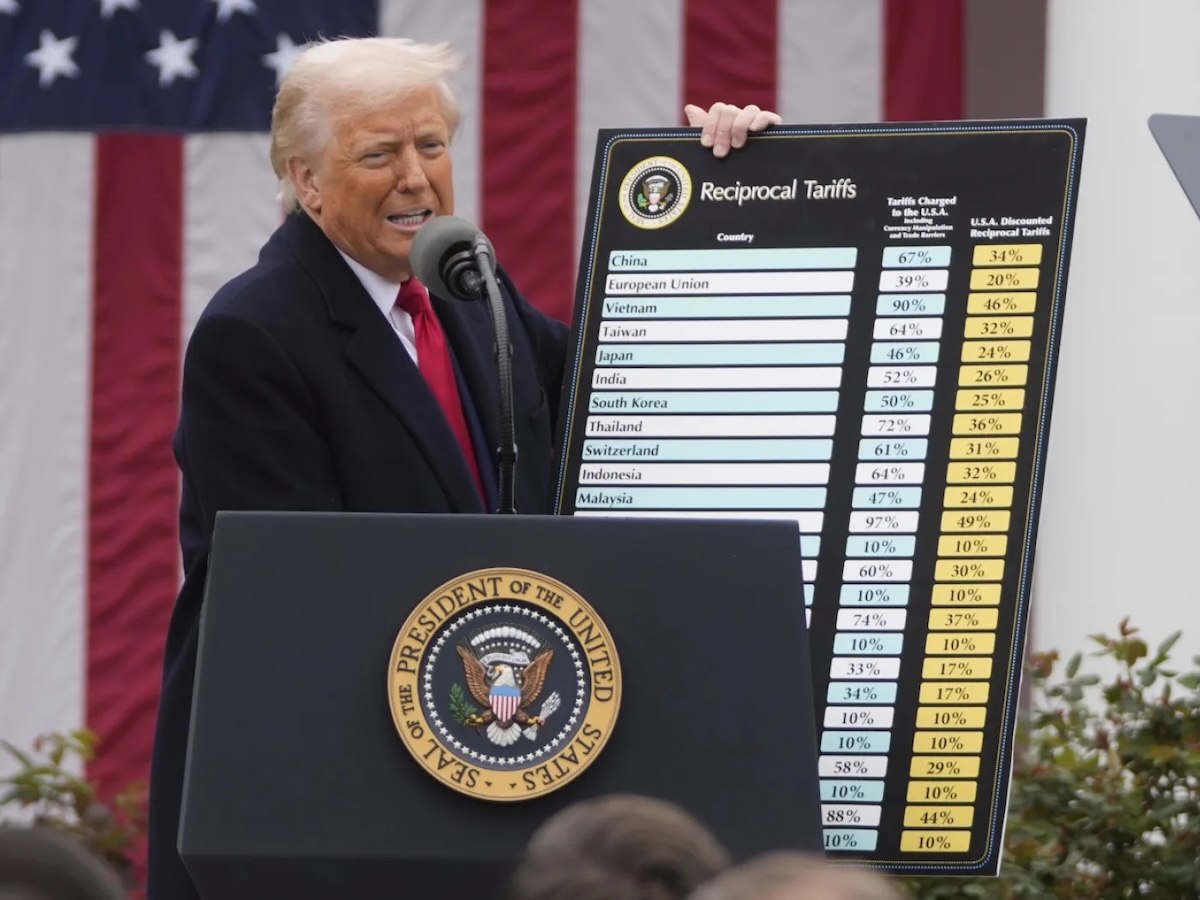
Retailers and brands are already recalculating their pricing strategies. Price increases of 12–22% are forecasted as companies pass the tariff burden onto consumers. For entry-level luxury watches, this might mean an extra few hundred dollars at retail; for high-end complications, the jump can easily reach five figures. While giants like Rolex and Omega have the resources to absorb part of the increase — at least temporarily — many others cannot. In the short term, the secondary market is likely to see heightened activity as buyers look to snap up pre-tariff stock, but this window will be brief once existing inventories are depleted.
The real squeeze is on smaller independent brands. A case in point: a watch priced at $4,210 now faces a customs duty of $1,892.72, bringing the final retail price, after taxes, to roughly $6,429. For microbrands, which often operate on thin margins and rely on competitive pricing, this is an existential threat.
Luxury Economics and the Veblen Effect
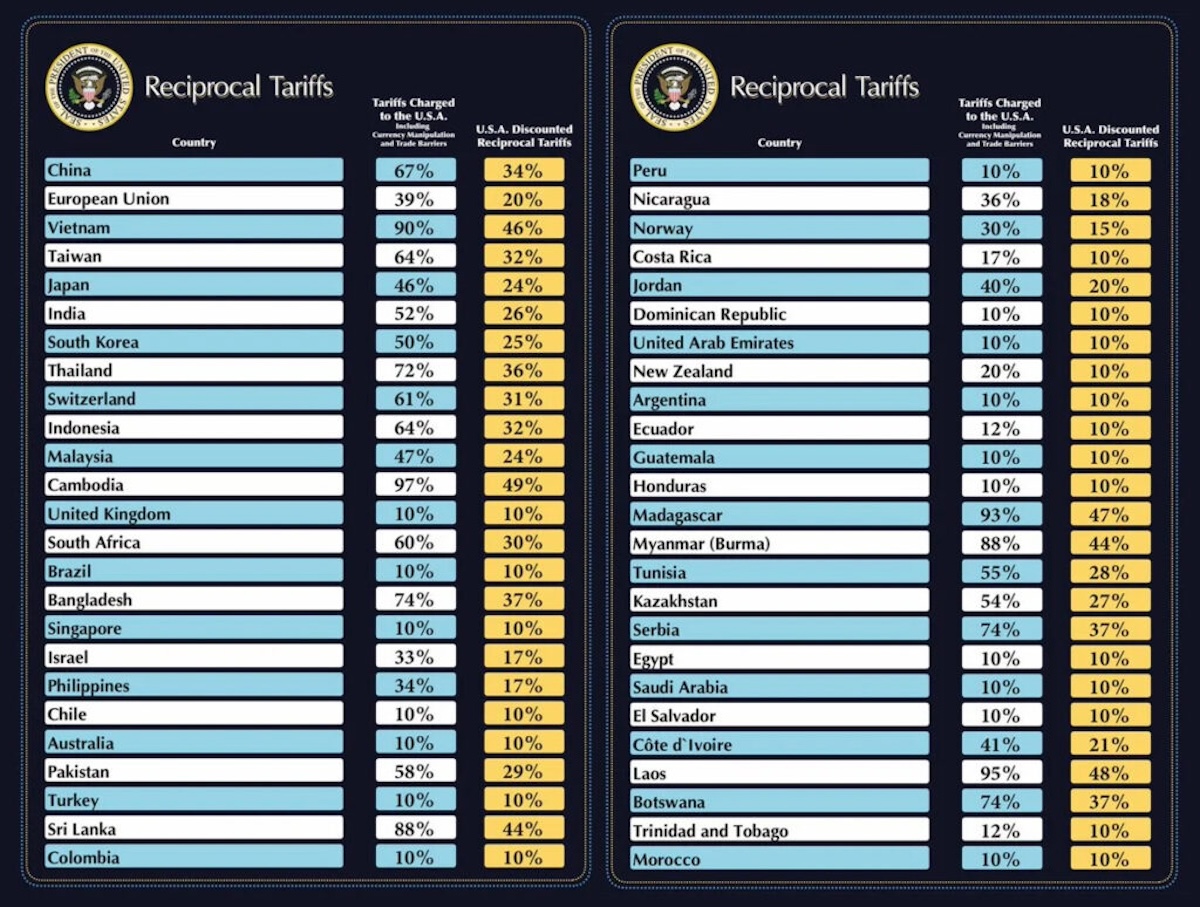
Ironically, the psychology of luxury may shield the top tier from the worst damage. Many Swiss luxury watches are Veblen goods — products whose demand increases as their price rises, because the price itself becomes part of the perceived value. In this segment, a 20% increase might even reinforce exclusivity, attracting buyers who see the purchase as both a personal indulgence and a form of investment. Historical performance supports this: brands like Audemars Piguet and Patek Philippe have shown an ability to outperform inflation and even real estate in terms of long-term value retention.
However, the same cannot be said for the broader market. Mid-tier luxury watches, often purchased as aspirational items, may see slower sales in the U.S., forcing brands to explore alternative markets such as Mexico, Brazil, or Southeast Asia. This pivot, however, takes time, distribution adjustments, and marketing investment.
Supply Chain and Diplomatic Strains

Beyond sales, the tariff disrupts logistics and inventory planning. Several large groups have already stockpiled U.S. inventory in anticipation of higher costs, but once these reserves run out, replenishment will come at the new tariff rate. Production schedules — often set 12 to 18 months in advance — now require reassessment, as brands decide whether to scale back U.S.-specific references or reroute limited models to other regions.
On the diplomatic front, Swiss officials have labeled the tariff unjust retaliation linked to the U.S.–Swiss trade surplus, estimated at $38.5 billion in 2024. Calls for renewed free trade negotiations have intensified, but early talks have yielded no immediate concessions. Some economists warn that if the tariffs remain in place, Switzerland could face up to a 0.6% GDP contraction, with significant risk of job losses across the luxury goods sector.
Looking Ahead
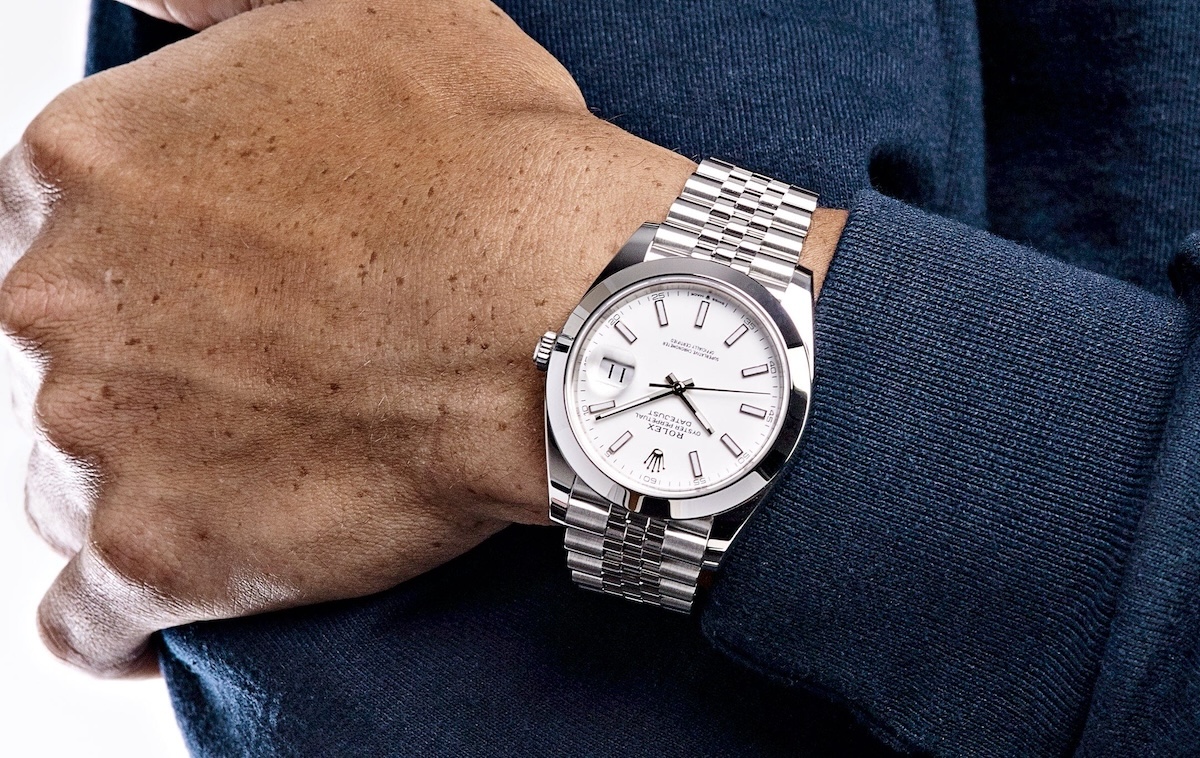
For the Swiss watch industry, the 39% U.S. tariff is not just a pricing challenge — it’s a strategic crossroads. The largest brands may weather the storm by leaning into exclusivity, leveraging the Veblen effect, and deepening their hold on ultra-high-net-worth clients. Smaller players, however, will need to rethink their U.S. presence, possibly shifting focus to untapped or underdeveloped markets.
Ultimately, Swiss watchmaking has survived wars, quartz crises, and global recessions. The craftsmanship, heritage, and emotional pull of a fine mechanical timepiece remain timeless. Yet in this latest confrontation with trade politics, success will depend on adaptability — and on the industry’s ability to balance heritage with strategic innovation in an increasingly protectionist world.

